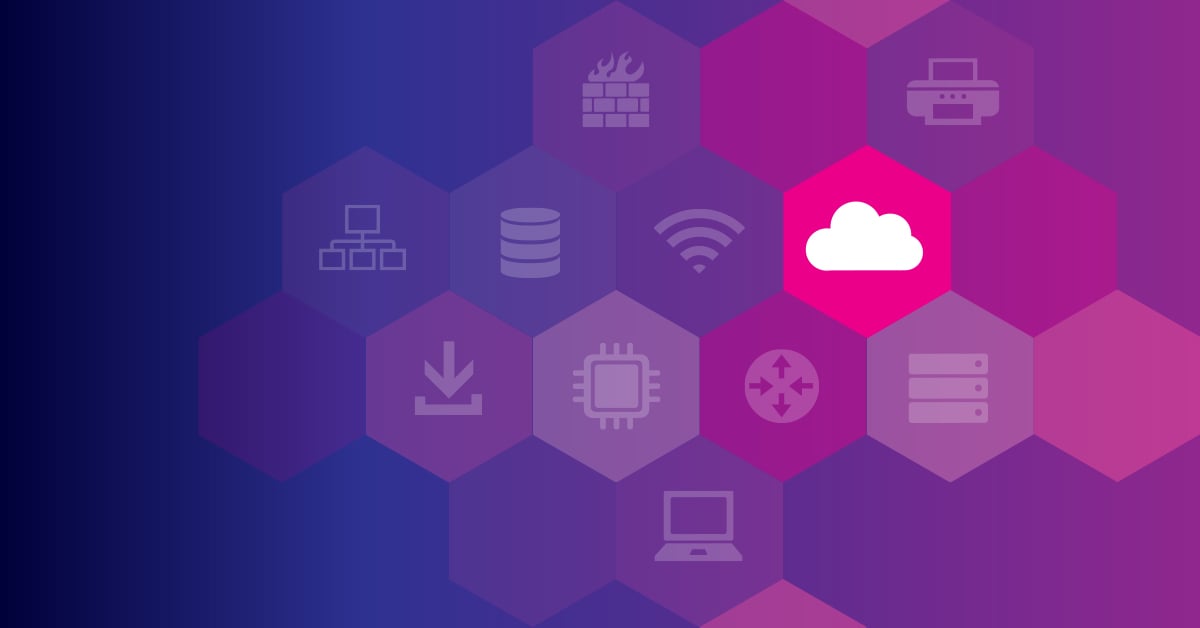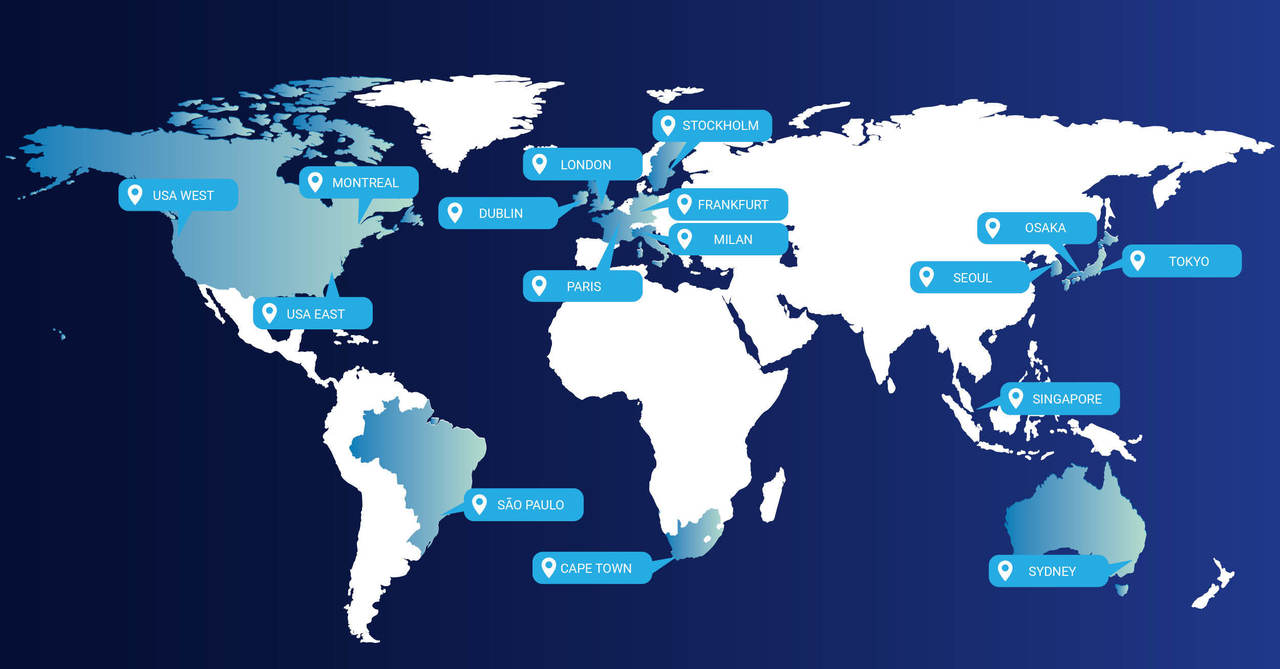As an IT leader, some of the big questions you’ve been pondering in recent years are likely to have involved “the cloud”. Is moving your workloads off-prem the right solution for your business? Should you move everything, or does hybrid offer the most flexibility? What about security, resilience, data governance, and cost?
Unfortunately, there are no easy answers. Every use case is different and there is no one size fits all solution. Migrating some or all your infrastructure and applications can undoubtedly deliver many benefits and the numbers involved can appear quite compelling, according to survey results compiled by CloudZero :
- More than 90% of organisations use some cloud services (source – O’Reilly)
- More than 60% of corporate data is now stored in the cloud (source – Thales Group)
- Over 50% of SME tech budgets were spent on cloud services in 2023 (source – Zesty)
- Global cloud spend will reach almost $725bn in 2024 (source – Gartner)
But despite the impressive numbers. The same research also highlighted some common problems with the adoption of cloud:
- In 2022, “cloud waste” accounted for 32% of cloud budget spending (source – Flexera)
- 49% of cloud-based businesses struggle to control cloud costs (source – Anodot)
- Over 50% of enterprises are struggling to see RoI from their cloud migrations (source – PwC)
- At least 53% of cloud adopters struggle to control “Cloud-sprawl” (source – Productiv)
The overall message seems clear – moving at least some of your services and infrastructure to the cloud can bring benefits, but managing the cloud estate, and understanding and controlling costs can be a challenge.
Of course, all the cloud providers offer tools to manage and control workloads and costs within their own environments. But, in isolation, they can’t tell the whole story, particularly if you run a hybrid or multi-cloud model. So, how do you, as an IT Manager, get the true picture of your services, applications, dependencies, and associated costs?
Architecture mining
The answer is “Architecture Mining” – tapping into the valuable data that lies hidden inside your infrastructure management platforms, and extracting it into useful, actionable information. Which is exactly what Qbilon is designed to do.
There are many use-cases for Qbilon, and I’ll be looking at some others in later articles, but here, I’m focussing on using Qbilon to manage your cloud environments, specifically those based around AWS, Azure, Kubernetes and Microsoft Entra ID (formerly Azure AD). Qbilon includes predefined reports and dashboards for quick visibility and assessment of the security and costs and interdependencies of your cloud landscape.
Simply define your data source(s) by adding your subscription details and tell Qbilon how often you want the data refreshed, and that’s it. Qbilon will do the rest automatically. As soon as the first data import completes, Qbilon will present you with a set of best practice reports and views covering essential elements such as regions, resources, storage, security and costs:
These immediately provide available information, analyses, and quick improvement suggestions to help optimize your security and cost control efforts.
In addition, the collected data can be presented in a variety of reports in different formats, including charts, graphs, and tables.
These can then be combined into dashboards that provide always-up-to-date visibility into the current state of your cloud infrastructure.
Understanding your cloudscape
Of all the Qbilon report views, arguably the most useful are the graph views. These are the best way to visualize and understand the dependencies that exist between the different elements of your environment – for example, which applications rely on which services:
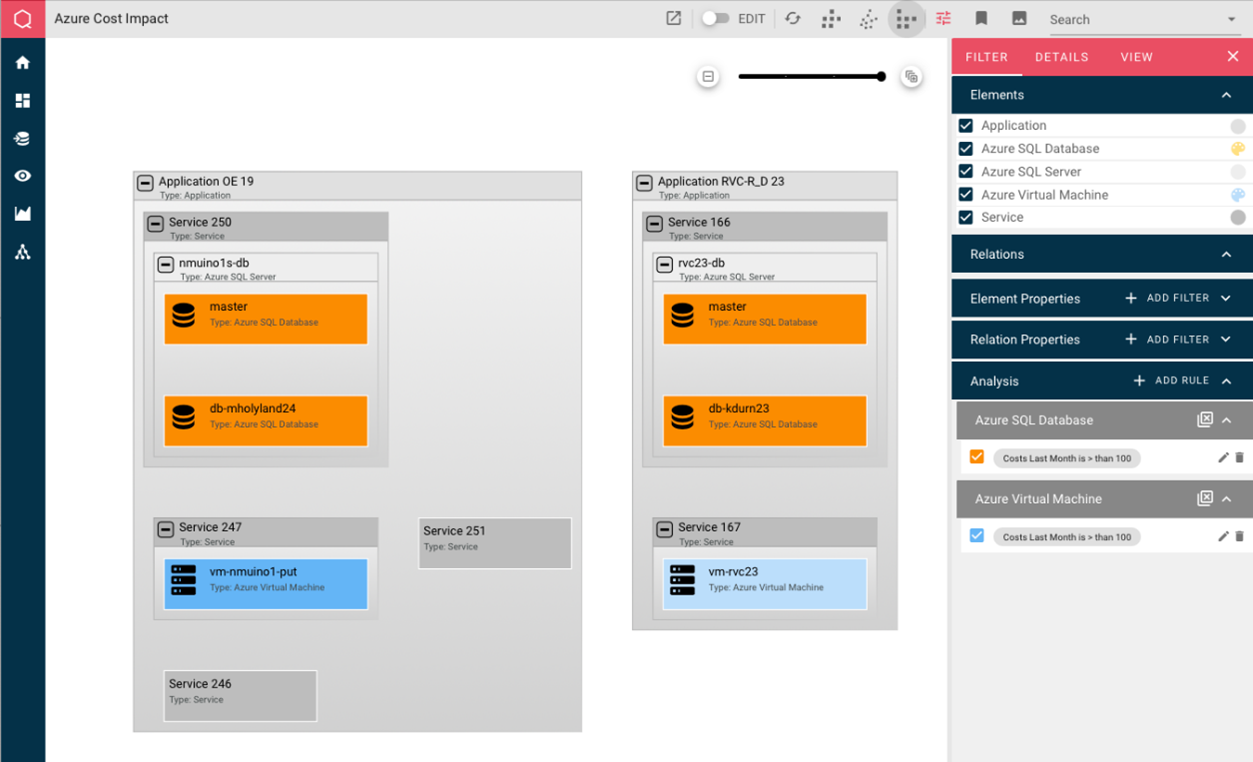 As the research by Anodot confirmed (see above), understanding and controlling costs is one of the most problematic elements of cloud migration as it’s not always clear where the costs originate. Qbilon provides in-depth analysis of your cloud costs, mapping them to resource groups, resource types and more:
As the research by Anodot confirmed (see above), understanding and controlling costs is one of the most problematic elements of cloud migration as it’s not always clear where the costs originate. Qbilon provides in-depth analysis of your cloud costs, mapping them to resource groups, resource types and more:
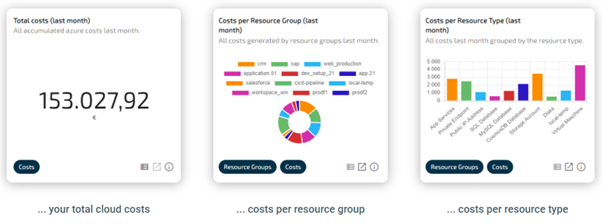
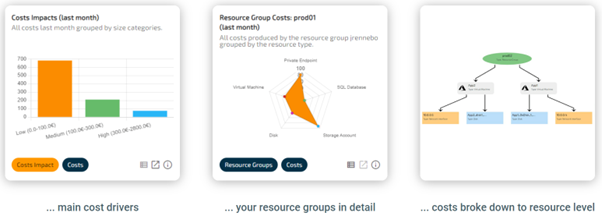 These reports allow you to see exactly where your costs originate and determine if particular applications and services are performing well compared to what they are costing you.
These reports allow you to see exactly where your costs originate and determine if particular applications and services are performing well compared to what they are costing you.
Qbilon refreshes the collected data on any schedule you care to define, so the information is always up-to-date and automatically produces accurate documentation for your entire cloud estate – no more manually translating Excel reports into Visio diagrams!
What about hybrid or even non-cloudy environments?
Qbilon excels at bringing clarity and control to your cloud-based environments. It allows you to visualize and understand your deployed estate, identify dependencies between the components of that estate, and of course discover where the costs originate. But cloud management is only part of the story. What if you operate a hybrid architecture, with some infrastructure, applications, services and data still on-prem; or maybe you’ve decided cloud isn’t appropriate for your business, and you run everything in-house?
Qbilon can integrate with your existing management suite to reveal insights, relationships, security risks and dependencies that standalone tools simply cannot achieve. We’ll be looking at some of these scenarios and use-cases in subsequent articles. In the meantime, if you’d like to find out more about Qbilon and how it can help manage your environment, please get in touch.
 Published by
Published by 



